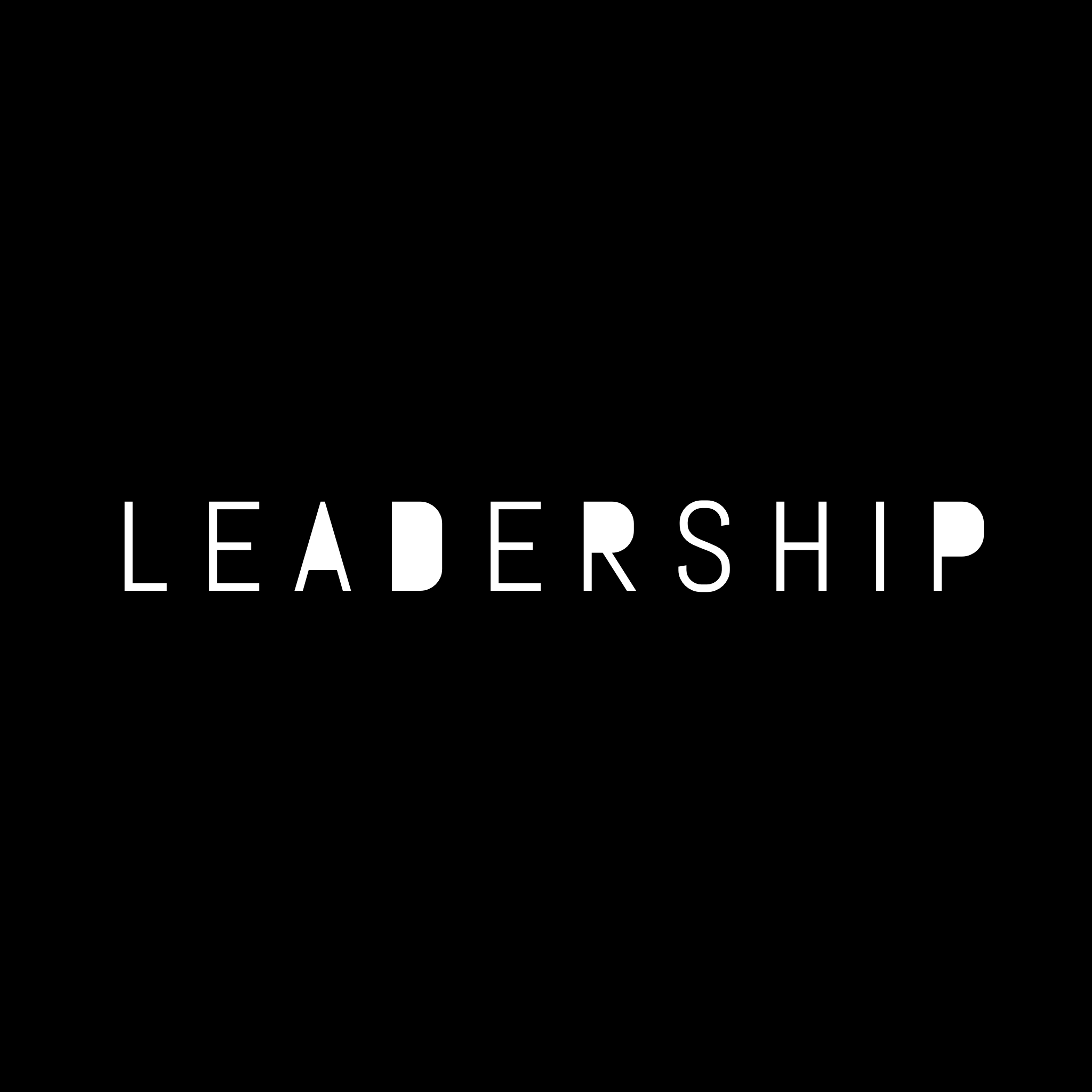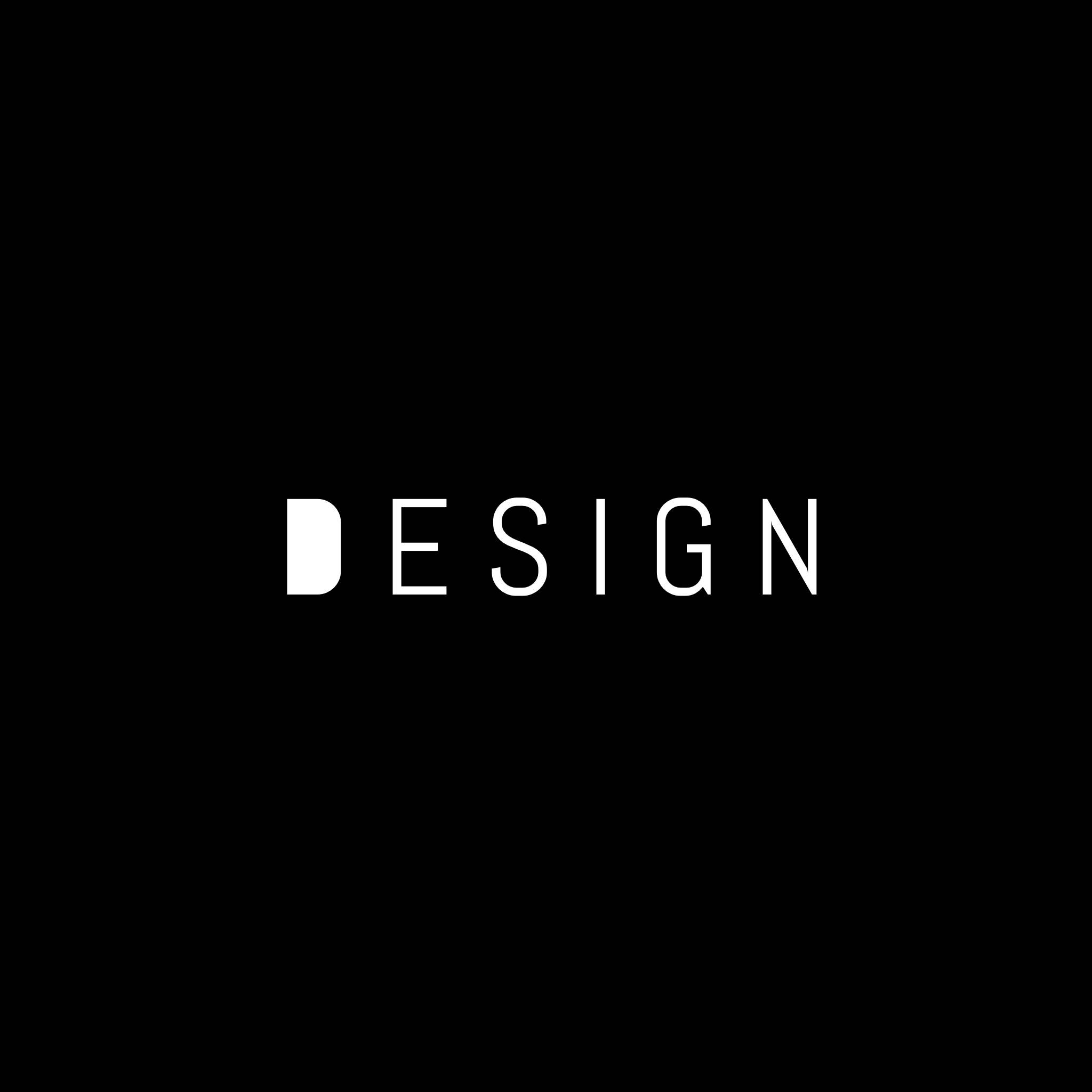Basic Design Concepts for the Web
/What do you observe about design when you see images you like?
What kind of vibe do you want your website and blog to have?
Can you influence what a viewer feels through design?
Design concepts can be changed from time to time and are crucial to branding and marketing a product or service. Conceptual design revolves around a meaningful concept or idea that conveys a message about a product or service. Our mind seeks to comprehend all visual experiences in terms of a background and a foreground, or as referred to in graphic design, figure and ground (an object and its setting). The figure also is called positive space, and the ground (the setting) is the background or backdrop.
The seven elements of design are line, shape, texture, value, form, and space. You have to have a good understanding of these elements to succeed as a designer. The principles of design work with the elements and they include; balance, contrast, emphasis, unity, and rhythm. The elements that go into a design are the basic units of the piece (design) whether it is a painting, a website, or even a piece of sculpture. These pieces and the components that make up the design measure things such as form, shape, space texture and attributes. Design begins to form when principles are applied to the specific elements and components of the design to pull everything together and make it cohesive.
Fully understanding and utilizing the elements and principles of design is necessary to become a successful designer. It is also important to familiarize yourself with many of the widely used file formats and color spaces used by design professionals in today’s industry.
Let’s begin with the elements of design.
The principles and elements of design are the building blocks that are utilized to create art. Just about every successful design, whether you consider it to be a success or not, will include most of the elements of design.
There are seven elements of design: line, shape, texture, color, value, form, and space.
Let’s look at each of these individually.
Line is the element of length as a mark connecting any two points. Lines can be used to convey an emotion, be expressive, separate, direct, organize, or help create rhythm. They can also join or divide elements using a rule, which is a line that separates one element from another.
Texture is the look and feel of a surface. It can refer to the visual appearance of a design or the actual surface. You can affect the visual appearance of a design by the way it is styled. For example, you can layer rich graphics to create an illusion of texture. You can also affect texture by the type of paper and other materials used to print on.
Color is an extremely important element in design; however, it is not essential to have color in a successful design. There are several successful black and white designs, and sometimes the absence of color can be very appealing. The inclusion of color can be used to convey emotion (such as red or orange, which can stimulate hunger).
Value (also referred to as tone) is the relationship between light and dark, as well as the difference between the background color and the other objects in a particular design. Value can also add dimension to an image by creating an illusion of depth. You can affect the value in a design by adjusting the tint, shade, and value contrast in an image.
Form is sometimes confused with shape; however, form is actually the way a design takes shape. The element of form usually takes place in three-dimensional designs based on the length, width, and depth. You can give the illusion of form in a design by adding shade. Examples of form include a cylinder, box, ball, and a pyramid.
Space is regulated by the amount of space that the positive and negative items occupy in an image. It includes the area in, around, and between objects in a design and is the distance between shapes and forms. Positive space represents the focal point of the design, and the negative space represents the area around the other objects and helps create emptiness in a design. The negative space is just as important, as it can be used to balance the image and to emphasize the positive shapes in the design. Space is most often referred to as white space or negative space.
Now, the principles of design.
The principles of design in combination with the elements of design create a solid, successful work of art. Examples of principles of design include balance, contrast, emphasis, unity, and rhythm.
Balance in a design takes place when all the design elements are equally distributed throughout the design. There are two primary types of balance: symmetrical and asymmetrical. Symmetrical elements are laid out equally on both sides of the design, which conveys a stable or stationary motion. Asymmetrical elements create an imbalance to convey a dynamic motion.
Contrast represents the differences in shape, size, and color between the elements to enhance the perception of the intended message. It creates a visual disharmony by changing value in the design. Contrast can also be used to promote emphasis.
Emphasis helps identify the most important element in a design based on the intended message. It is the area in the design that first draws the attention of the person looking at it, often referred to as the focal point. Emphasis can be achieved with colors, value, contrast, and placement.
When all of the design elements in a composition relate to one another, unity is achieved. Unity assists with conveying a sense of completeness and can help retain the viewer’s interest, because sometimes the absence of unity can cause confusion and the message will be lost.
Rhythm is present when elements repeat regularly. Rhythm can help convey movement in a design by the way the elements direct the viewer to scan through and visualize the overall design. It helps create what is referred to as a sequence, which is the viewing order of the elements in the image. Rhythm will have a flow to it, like a music beat.
Grab your free 75-Page guide on BUILDING RELATIONSHIPS WITH CLIENTS here:
References
Berry, J. D. (2015). "dot-font: Being a Typographer". CreativePro. Creative Publishing Network and CreativePro. Retrieved from: http://creativepro.com/dot-font-being-a-typographer/
Bringhurst, R.(2002), The elements of typographic style (2nd ed.), Hartley & Marks: Vancouver
Lidwell, W., Holden, K., Butler j. (2010). Universal principles of design (2nd ed.). Beverly, Massachusetts: Rockport Publishers. ISBN 978-1-59253-587-3.
Lovett, J.(2012). Design and color. Retrieved 3 April 2012.
White, A. (2011). The elements of graphic design. New York, NY: Allworth Press.




















































